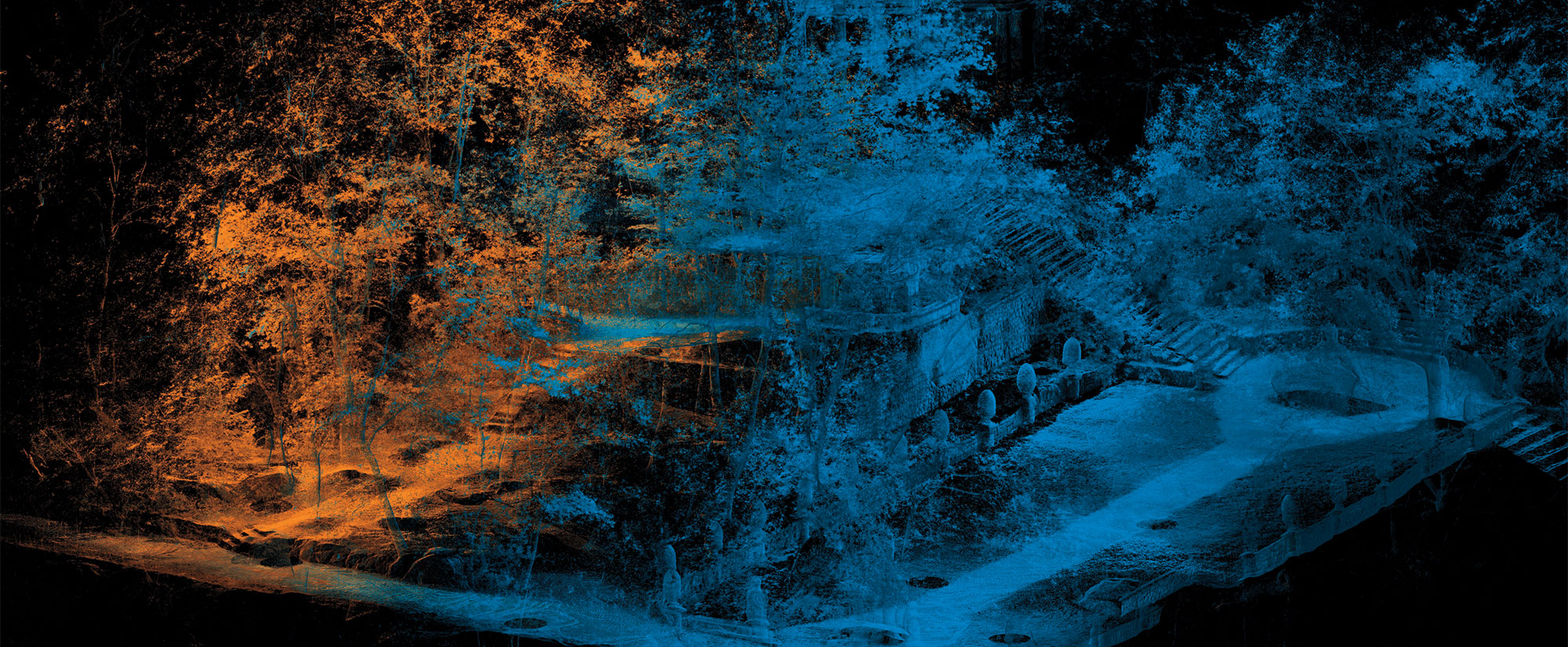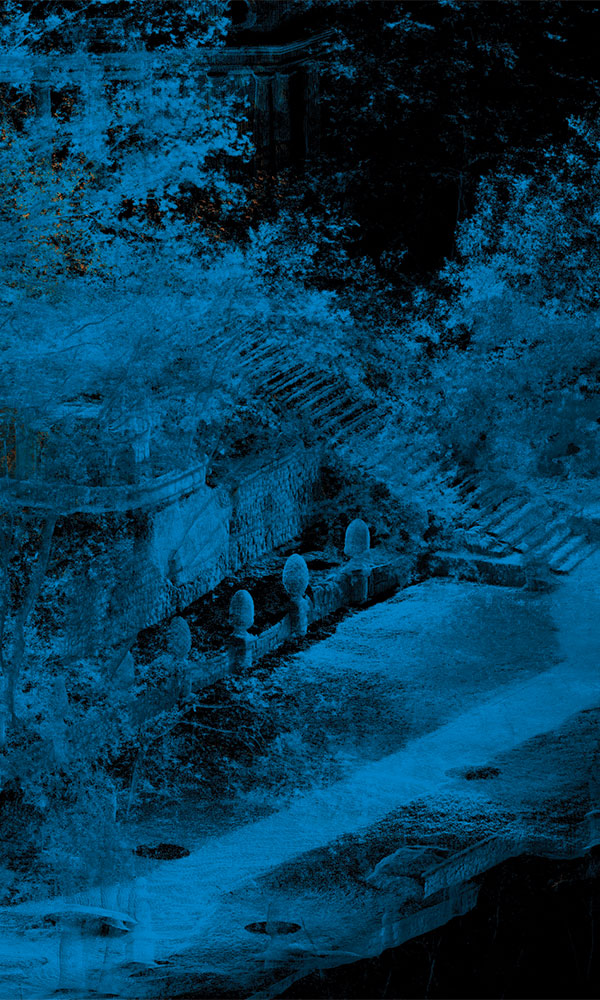TYROL, AUSTRIA—When the well-preserved body of the famous Ötzi the Iceman was recovered from the ice in the Austrian-Italian Alps in 1991, his remains provided archaeologists with a wealth of information about life in Europe more than 5,000 years ago. Surprisingly, sequencing of his genome indicated that he shared a very high proportion of his ancestry with early farmers who lived in Anatolia. Science News Today reports that a groundbreaking new study analyzed the DNA of 47 other individuals who lived alongside Ötzi in the Austrian Tyrol between 6400 and 1300 b.c. to determine if they shared genomic similarities. The research indicated that, like Ötzi, 80 to 90 percent of these individuals' ancestry came from Neolithic farmers who had migrated to Europe during the Neolithic period. The results also showed that after that time, there was a remarkable genetic stability over two millennia, and that communities in the Alps were not affected genetically by waves of immigrants and newcomers like in the rest of Europe. Like the Iceman, they also had dark hair, dark eyes, and were lactose intolerant. However, Ötzi’s genetic background has now proved to be unique, as his paternal lineage did not match that of any of the other 47 individuals. Moreover, his maternal lineage does not match that of any known population in Europe, modern or ancient. Read the original scholarly article about this research in Nature Communications. To read more about study of Ötzi, go to "What Ailed the Iceman?"
New DNA Study Examines Ötzi the Iceman's Neighbors
News July 25, 2025
Recommended Articles
Letter from France January/February 2026
Neolithic Cultural Revolution
How farmers came together to build Europe’s most grandiose funerary monuments some 7,000 years ago
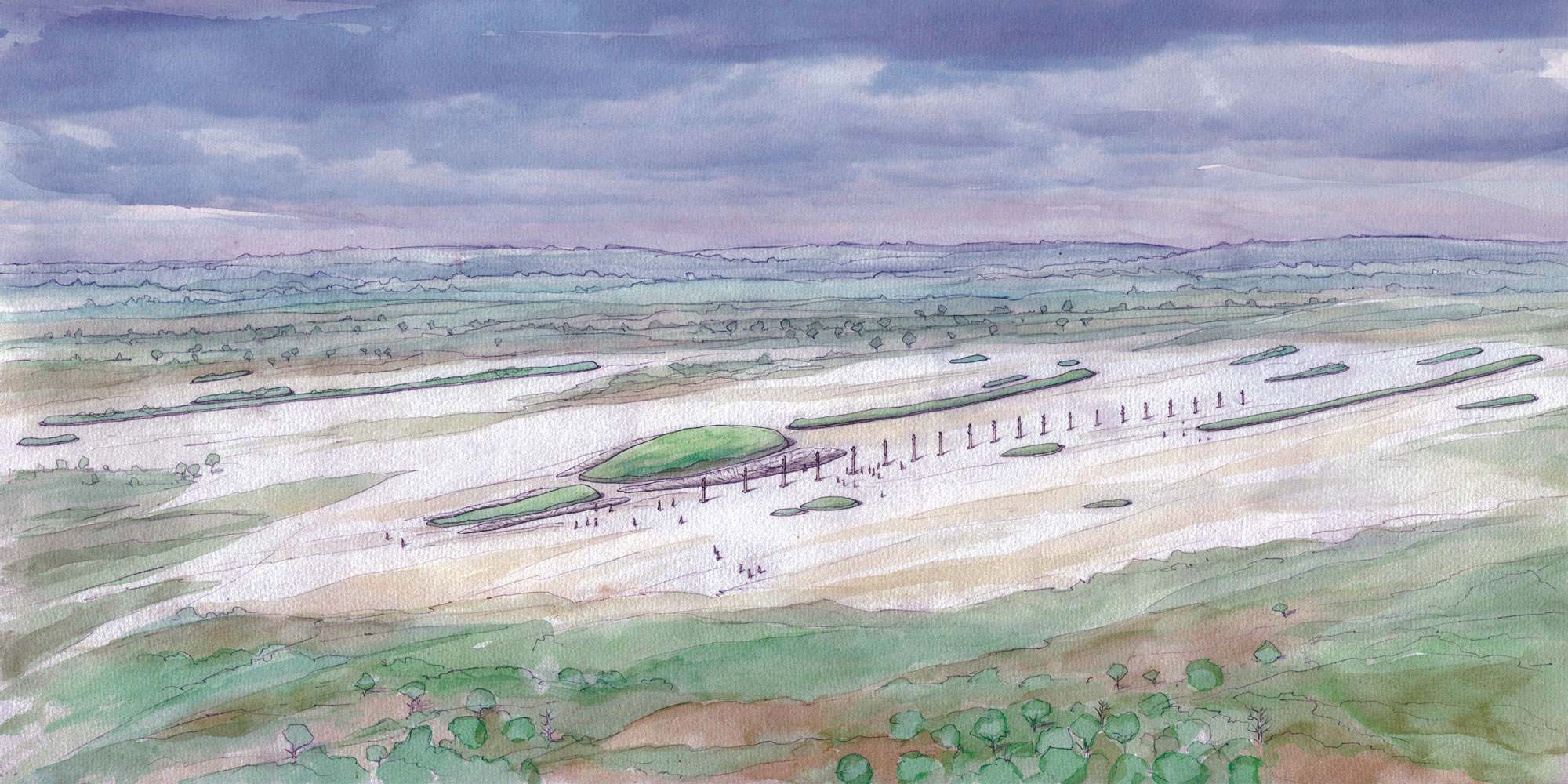


Digs & Discoveries November/December 2025
BYOB(oar)
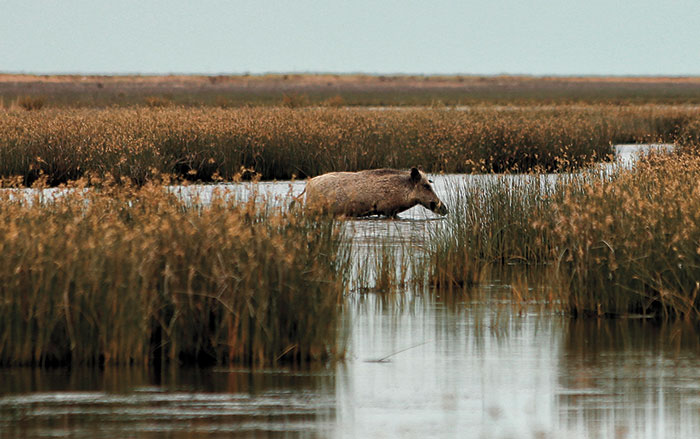
-
Features July/August 2025
Setting Sail for Valhalla
Vikings staged elaborate spectacles to usher their rulers into the afterlife
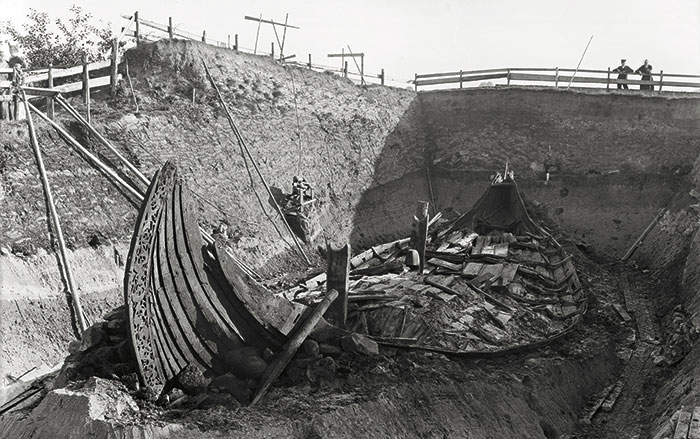 Museum of the Viking Age, University of Oslo
Museum of the Viking Age, University of Oslo -
Features July/August 2025
The Home of the Weather God
In northern Anatolia, archaeologists have discovered the source of Hittite royal power
 Tolga İldun
Tolga İldun -
Features July/August 2025
In Search of Lost Pharaohs
Anubis Mountain conceals the tombs of an obscure Egyptian dynasty
 Photos by Josef W. Wegner for the Penn Museum
Photos by Josef W. Wegner for the Penn Museum -
Features July/August 2025
Birds of a Feather
Intriguing rock art in the Four Corners reveals how the Basketmaker people drew inspiration from ducks 1,500 years ago
 Courtesy John Pitts
Courtesy John Pitts


